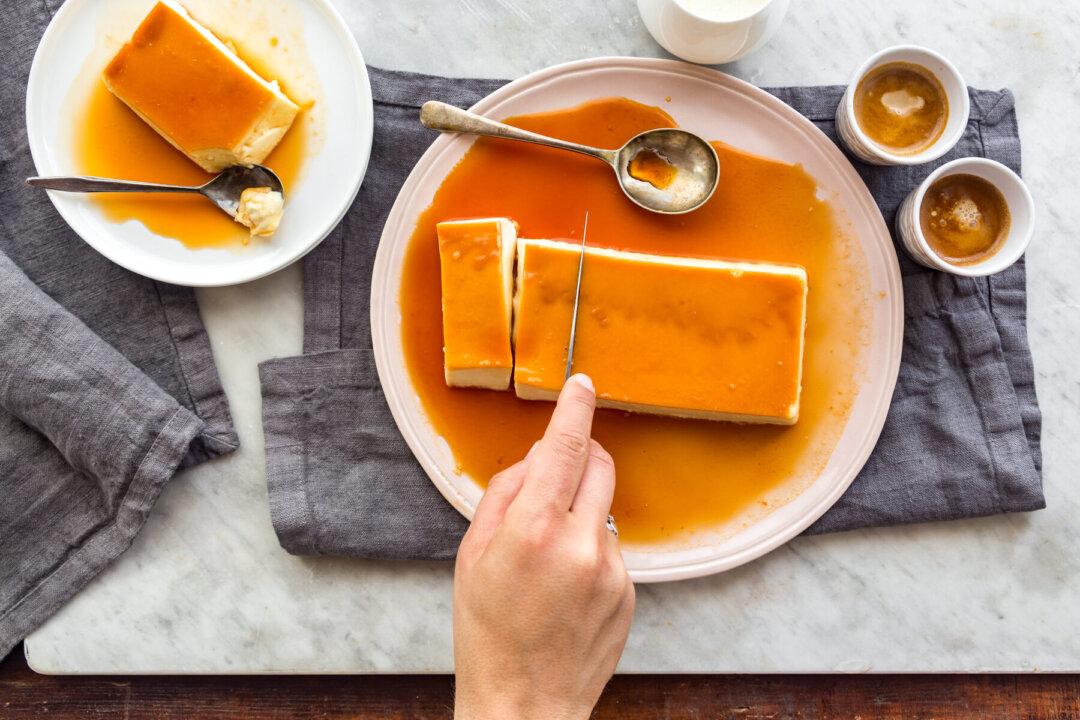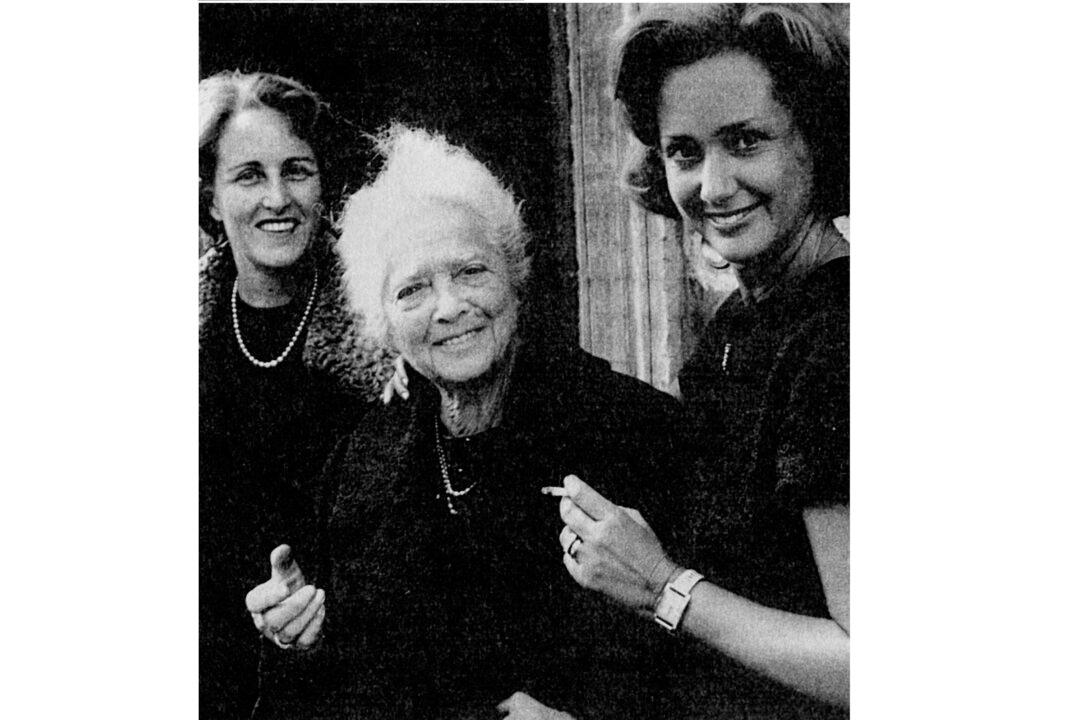The elegant scent of elderflowers gives an extra oomph to one of the most classic Italian desserts, making it fresh and seasonal.
This panna cotta is soft and creamy, like a pudding. The silky texture marries perfectly with the elderflowers’ delicate floral aroma, while the caramel topping adds a pleasant bitter note.





